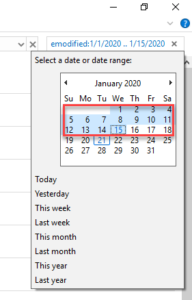

It might be easiest to use if installing Erlang's dependencies is proving difficult. Team RabbitMQ produces a package stripped down to only provide those components needed to run RabbitMQ.There are three commonly used sources for Erlang packages on RPM-based distributions. In environments where sudo isn't available, consider using the generic binary build.īefore installing RabbitMQ, you must install a supported version of Erlang/OTP. RabbitMQ RPM package will require sudo privileges to install and manage. The packages may work on other RPM-based distributions if dependencies are satisfied but their testing and support is done on a best effort basis. Fedora 23 through 25 (use the CentOS 7.x package).

RedHat Enterprise Linux 7.x and x.x (same packages as for CentOS).CentOS 7.x and x.x (note: there are two separate RPM packages for each series).It is recommended that you use Yum repositories from PackageCloud or Bintray.Ĭheck the Fedora package details for which version of the server is available for which versions of the distribution.īelow is a list of supported RPM-based distributions as of RabbitMQ 3.6.3: However, the versions included often lag behind RabbitMQ releases. The package is distributed via Yum repositories on PackageCloud and Bintray. How to install a latest supported Erlang/OTP version.Package installation from Yum repositories on Package Cloud or Bintray.The following guide focuses on RabbitMQ installation on RPM-based distributions such as Fedora, RHEL and CentOS. There are two ways to install the most recent version of RabbitMQ: However, the versions included are usually outdated. Rabbitmq-server is included in standard Fedora and RHEL repositories. To start the daemon by default when the system boots, as an administrator run chkconfig rabbitmq-server onĪs an administrator, start and stop the server as usual: /sbin/service rabbitmq-server startħ rabbitmq 使用的端口: Installing on RPM-based Linux (RHEL, CentOS, Fedora, openSUSE) In environments where sudo isn't available, consider using the generic binary build.Ħ The server is not started as a daemon by default when the RabbitMQ server package is installed. 也可以 使用yum 源安装 提供package Cloud 和 Bintray 两个源。īintray 的包 没有 package cloud 支持的多,好多老版本包找不到ĥ RabbitMQ RPM package will require sudo privileges to install and manage. This option will require manual installation of all package dependencies. Downloading the package and installing it with rpm.Installing the package using Yum repositories on Package Cloud or Bintray (this option is highly recommended).2 There are two ways to install the most recent version of RabbitMQ:


 0 kommentar(er)
0 kommentar(er)
